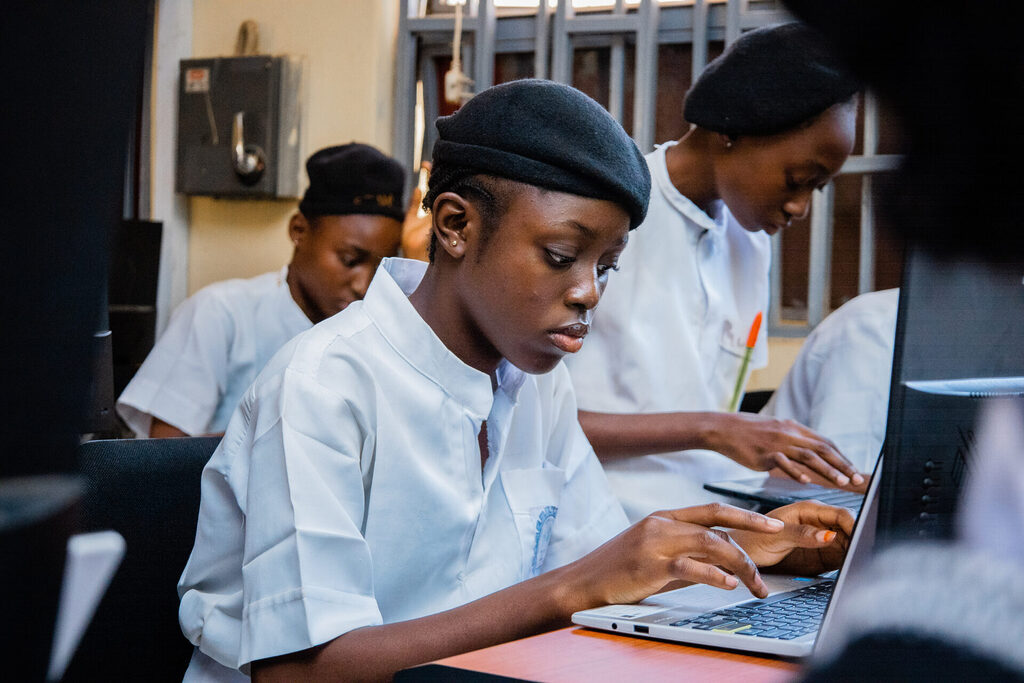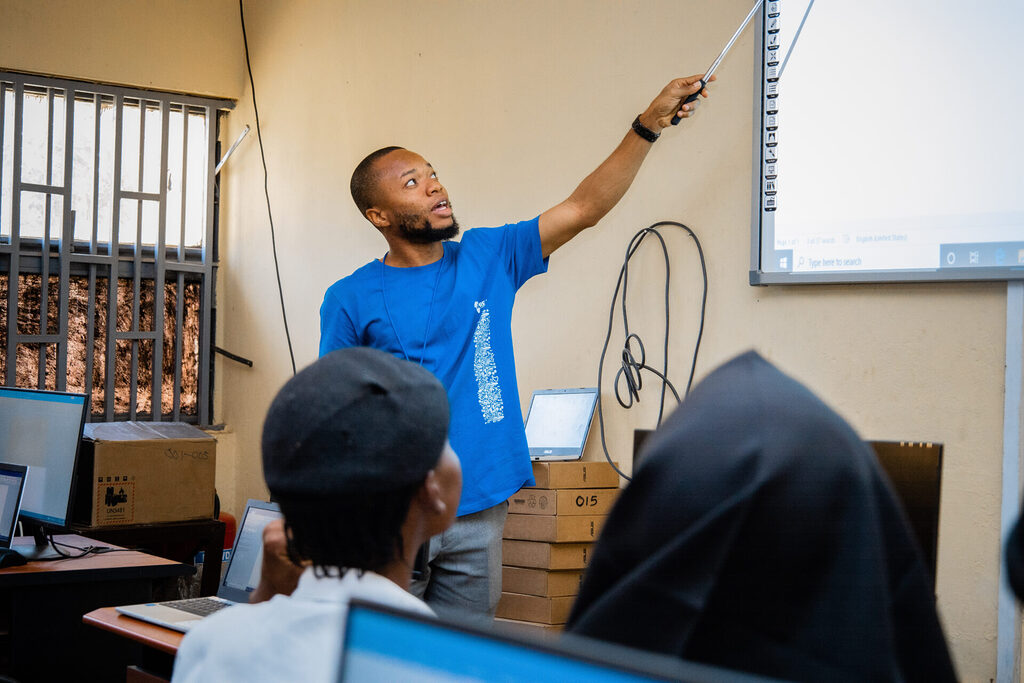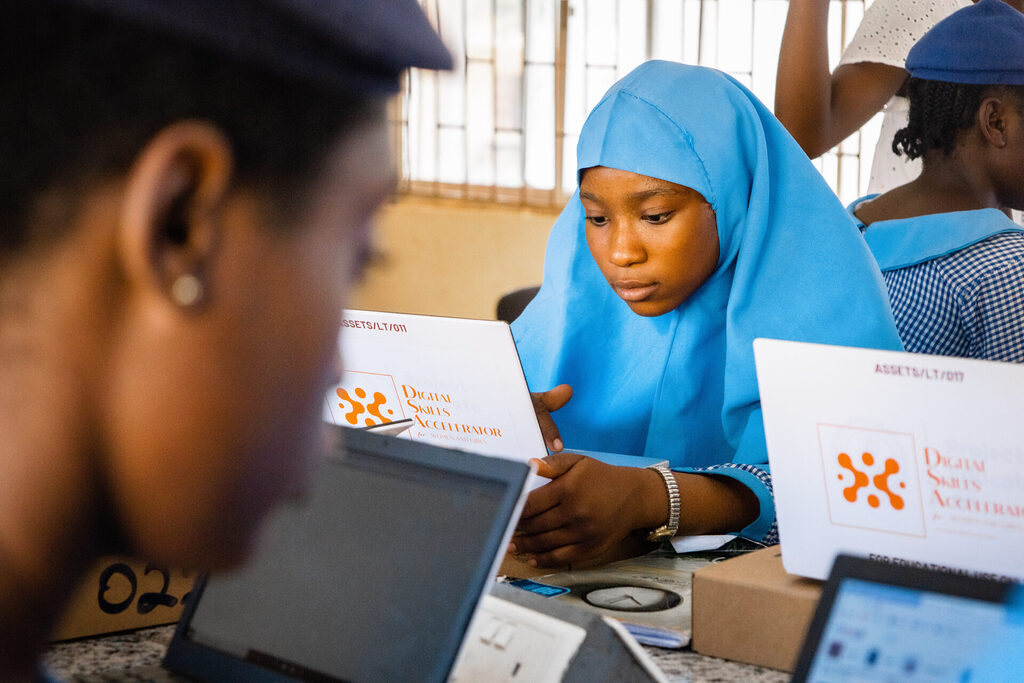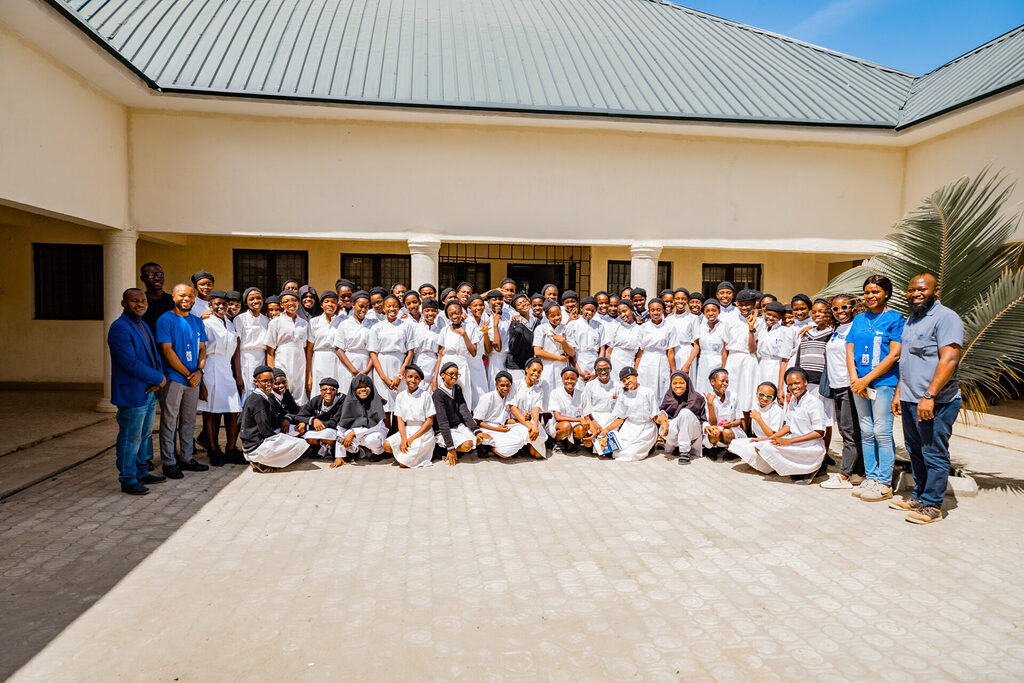
Play a 5-second game with me: name the first five tech innovators that pop into your head.
1… 2… 3… 4… 5!
I’m willing to bet that men dominate your list. I’m guilty of it too—my mental list was overflowing with familiar male faces, while female innovators were scarce. I’m guessing you felt a similar pang of realisation. It’s a feeling that’s both uncomfortable and enlightening.
This observation underscores a deeper societal issue: a persistent implicit bias that shapes our perceptions and memories, often favouring men over women in male-dominated fields like technology.
Systemic biases lead us to overwhelmingly recall male innovators, limiting recognition for female contributors. Consequently, young girls may not see themselves represented in these roles, further widening the gender gap in technology. According to a report by the World Economic Forum, 57% of women working in tech have experienced gender discrimination, compared to just 10% of men.
Additionally, 48% of women reported witnessing discrimination regarding their technical abilities, which is double the rate for men. This deeply ingrained bias is frequently overlooked, making acknowledgement the first step toward meaningful change.
Interestingly, when I am out in the field supervising the implementation of AREAi’s Digital Skills Accelerator (DSA) for Women and Girls program, I am confronted with the same bias and often get asked why the program focuses specifically on women. I smile and respond with the same answer each time: “The data tells the story.”

By 2030, young Africans are expected to constitute 42% of global youth, with over 60% of Africa’s population under the age of 25. This demographic shift presents both challenges and unprecedented opportunities. The gender digital divide becomes a pressing issue.
According to the International Telecommunication Union (ITU), only 32% of women in Africa have access to the internet, compared to 42% of men, indicating a 10% gap. In Nigeria alone, 97 million women do not own a mobile phone, and men are 50% more likely to have internet access than women.
The implications of this divide are enormous: without equal access to technology, women cannot participate fully in an increasingly digital world, limiting their opportunities for economic growth and empowerment.
If we fail to address the gender digital divide now, we risk leaving a significant portion of this youthful population behind, unable to contribute to or benefit from the digital economy. The World Bank estimates that closing the gender digital divide could add $12 trillion to global GDP by 2030, highlighting the urgent need for targeted interventions. This potential economic boost underscores that empowering girls and women is not just a moral imperative but also an economic necessity.

I have intentionally written “fe(male)” this way for the purpose of this article. “Fe” is the chemical symbol for iron. Just as iron symbolises strength and durability, associating “Fe” with women emphasises their resilience and potential to drive innovation in technology and society. Iron is foundational in construction, paralleling how empowering girls is crucial for technological advancement and societal progress. Additionally, iron can be transformed through processes like forging and alloying, reflecting how opportunities for females can lead to transformative change in communities. With iron’s abundance in nature mirroring the inherent talent among girls, nurturing this potential is vital for sustainable development.
Importantly, the combination of “Fe” with “male” calls for collaboration between genders. As we look toward the future of shared digital coexistence, it is vital that men play an active role in supporting this initiative. The digital landscape we are building requires the insights, perspectives, and contributions of all individuals, regardless of gender.
The future is me, the future is us, and the future is fe(male). When we uplift one girl, we uplift all girls.

CIO. (2019). Women in tech statistics: The hard truths of an uphill battle. Retrieved from https://www.cio.com/article/201905/women-in-tech-statistics-the-hard-truths-of-an-uphill-battle.html
Cofem Social Change. (n.d.). Gender bias in data and tech. Retrieved from https://cofemsocialchange.org/gender-bias-in-data-and-tech/
European Institute for Gender Equality (EIGE). (2020). Gendered patterns in use of new technologies. Retrieved from https://eige.europa.eu/publications-resources/toolkits-guides/gender-equality-index-2020-report/gendered-patterns-use-new-technologies?language_content_entity=en
Exploding Topics. (2024). 70+ women in technology statistics. Retrieved from https://explodingtopics.com/blog/women-in-tech
International Telecommunication Union. (2020). Measuring digital development: Facts and figures 2020. Retrieved from https://www.itu.int/en/ITU-D/Statistics/Pages/facts/default.aspx
Pew Research Center. (2022). Gender & tech. Retrieved from https://www.pewresearch.org/topic/internet-technology/user-demographics/gender-tech/
World Bank. (2020). The economic impact of closing the gender digital divide. Retrieved from https://www.worldbank.org/en/news/
feature/2020/10/06/the-economic-impact-of-closing-the-gender-digital-divide
World Bank. (2022). Bridging the gender digital divide. Retrieved from https://openknowledge.worldbank.org/entities/
publication/c869e883-8c2b-5364-9d1e-051717e22939
World Bank. (2023). From connectivity to services: Digital transformation in Africa. Retrieved from https://www.worldbank.org/en/results/
2023/06/27/from-connectivity-to-services-digital-transformation-in-africa
World Economic Forum. (2024). Global Gender Gap Report 2024. Retrieved from https://www.weforum.org/publications/global-gender-gap-report-2024/in-full/benchmarking-gender-gaps-2024-2e5f5cd886